Shinjuku San-chome
(Shinjuku-ku)
(Shinjuku-ku)
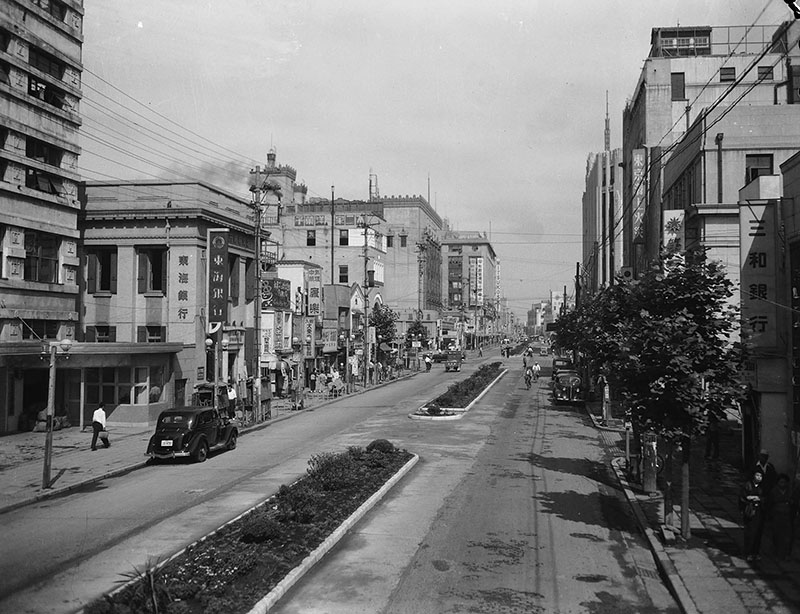
July 5, 1951
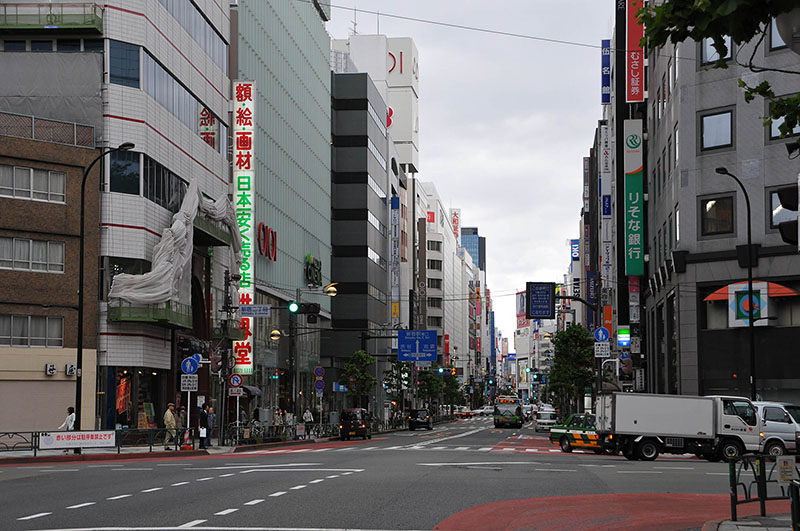
May 30, 2011
Compared to 1951, there have been changes in people's fashion and in the design of automobiles. The skyline is lined with taller buildings, and the space in the direction of Shinjuku Station has become narrower.
Nihonbashi
(Chuo-ku)
(Chuo-ku)

July 22, 1952
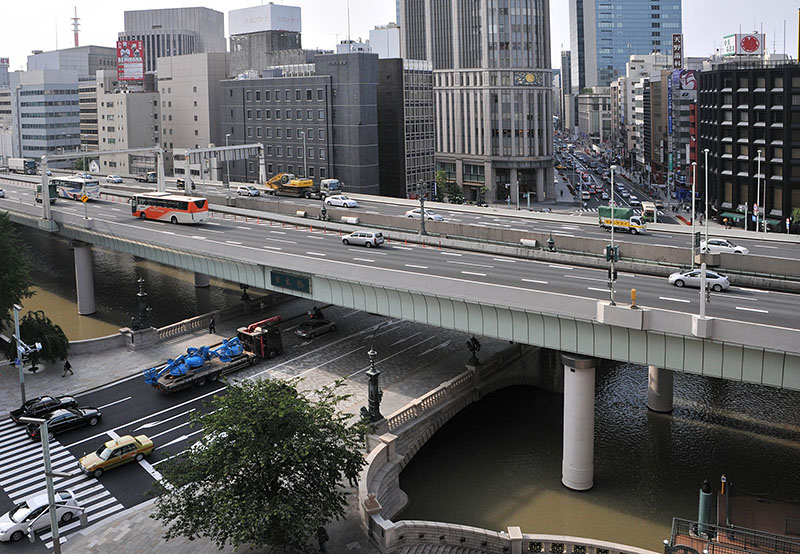
May 31, 2011
Nihonbashi, which is known as the starting point of Japan's road network. In 1963, an expressway was constructed right on top of a bridge, greatly changing the landscape of Nihonbashi.
Ikebukuro Station East Exit
(Toshima-ku)
(Toshima-ku)
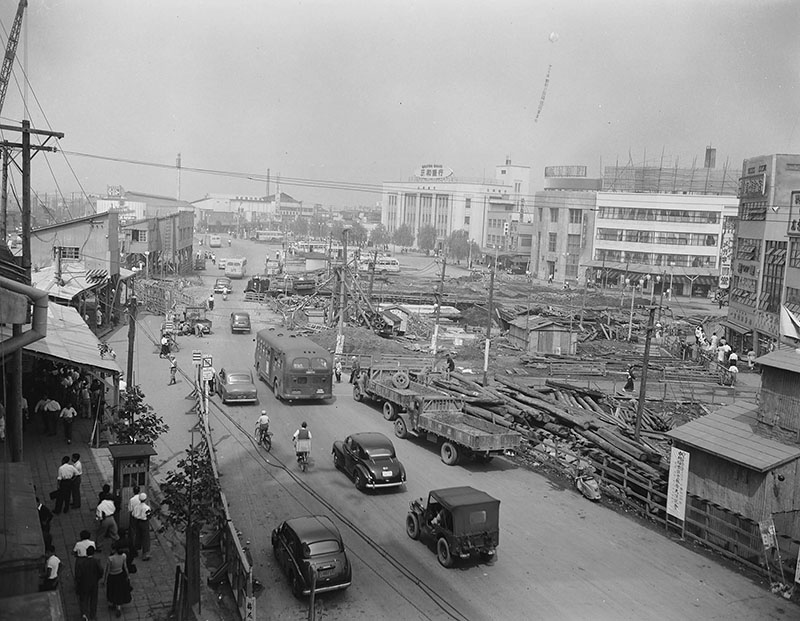
September 3, 1953
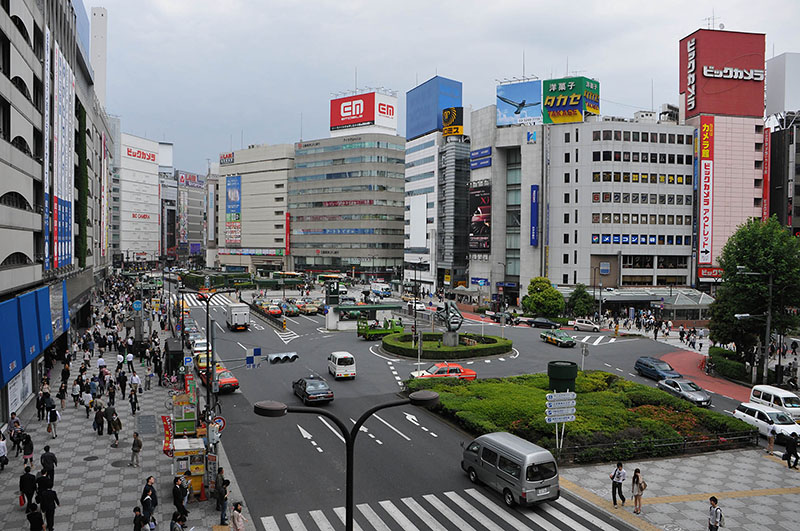
May 26, 2011
After postwar reconstruction, Ikebukuro was designated as a newly emerging city center in 1958. The East Exit developed as a large terminal station, centering on Seibu Department Store.
Yurakucho
(Chiyoda-ku)
(Chiyoda-ku)
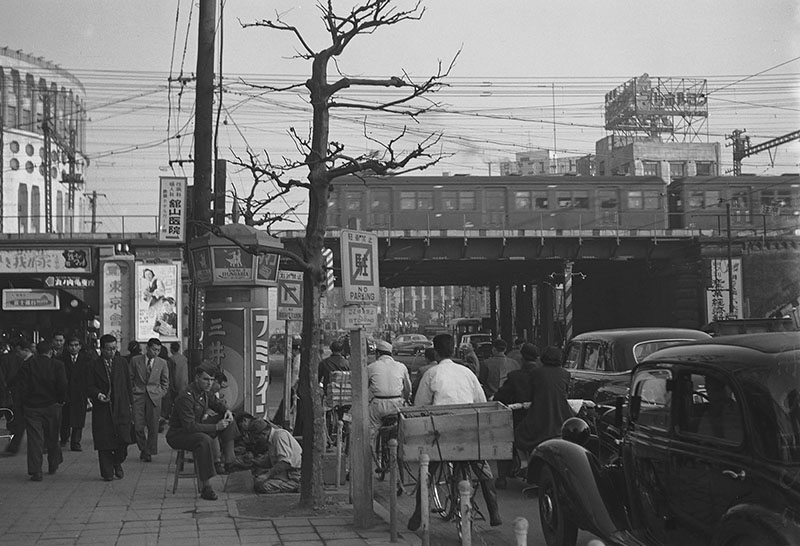
February 26, 1954
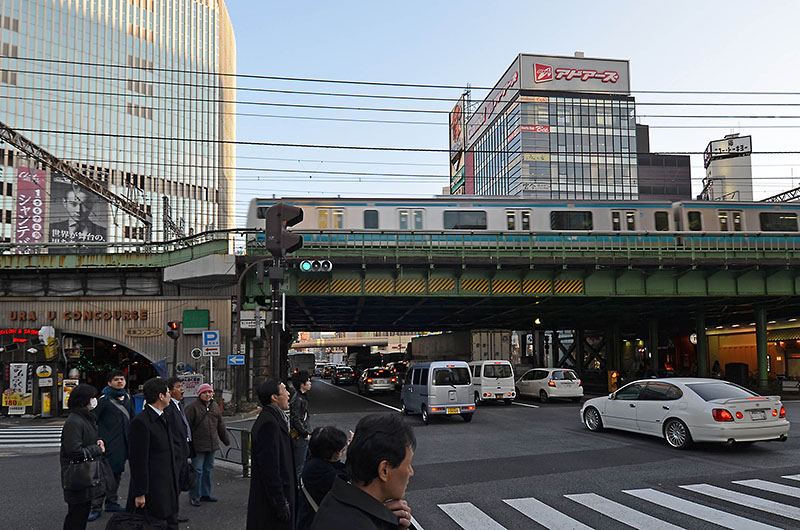
December 28, 2011
View of area underneath the elevated railway tracks at Yurakucho Station West Exit. An American soldier can be seen getting his shoes polished on the sidewalk. The Nichigeki Theater, which had been lauded all over the world, was rebuilt as Yurakucho Mullion in 1984.
In front of Shinjuku Isetan
(Shinjuku-ku)
(Shinjuku-ku)
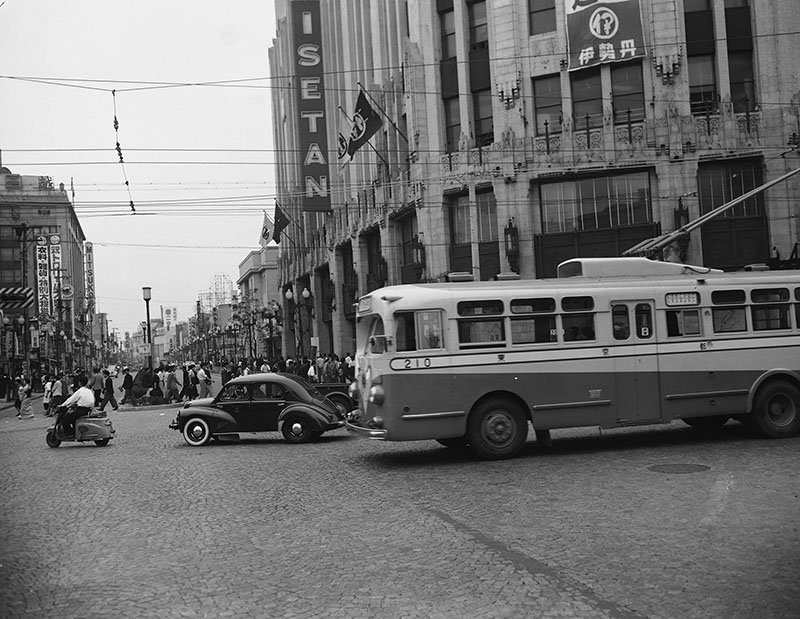
June 1, 1955
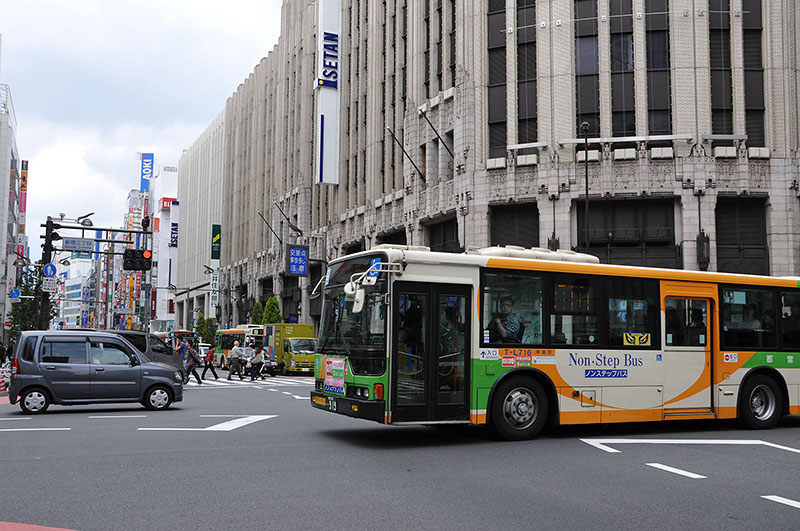
May 26, 2011
The exterior of Isetan still retains its façade from around 1955. The scooters, vehicles, and trolley bus on the street reflect the times.
Ginza-dori
(Chuo-ku)
(Chuo-ku)
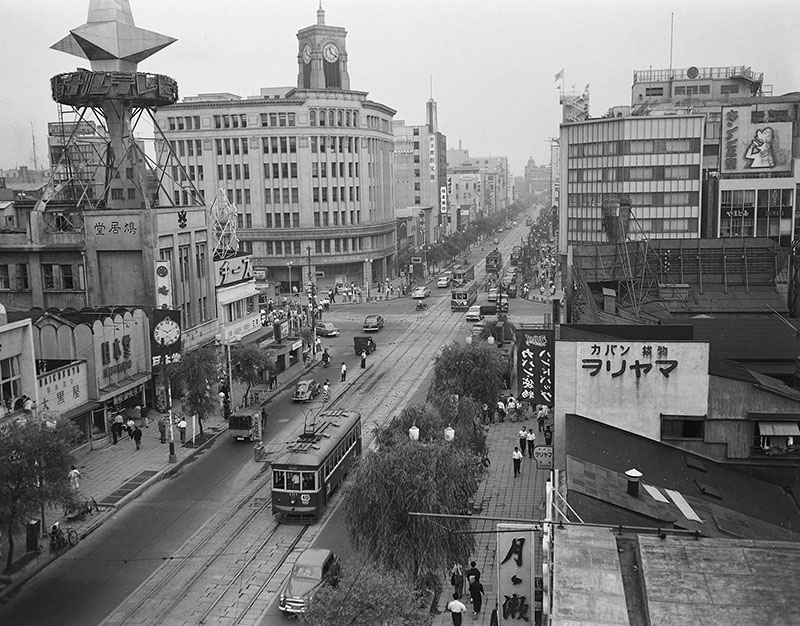
June 20, 1955
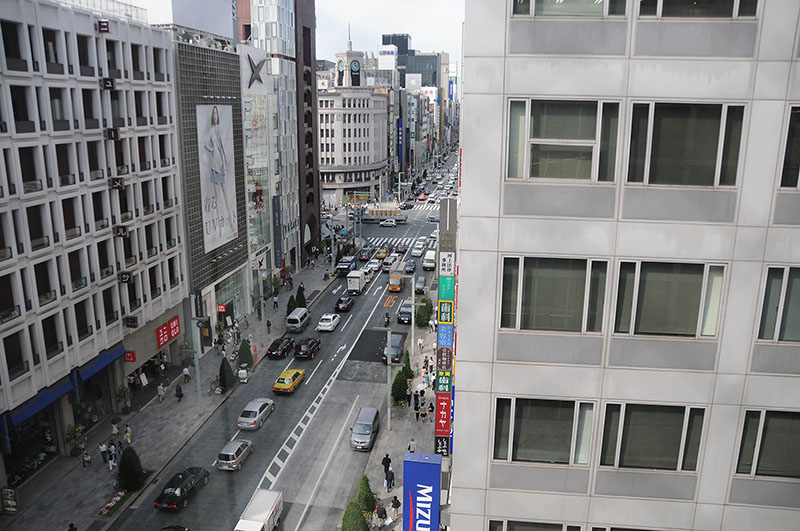
June 21, 2011
An area near the Ginza Yon-chome intersection. Ginza-dori, which used to be lined with willows swaying in the wind and streetcars, has undergone a great change, and only the clock tower at the corner remains unchanged, ticking down time.

